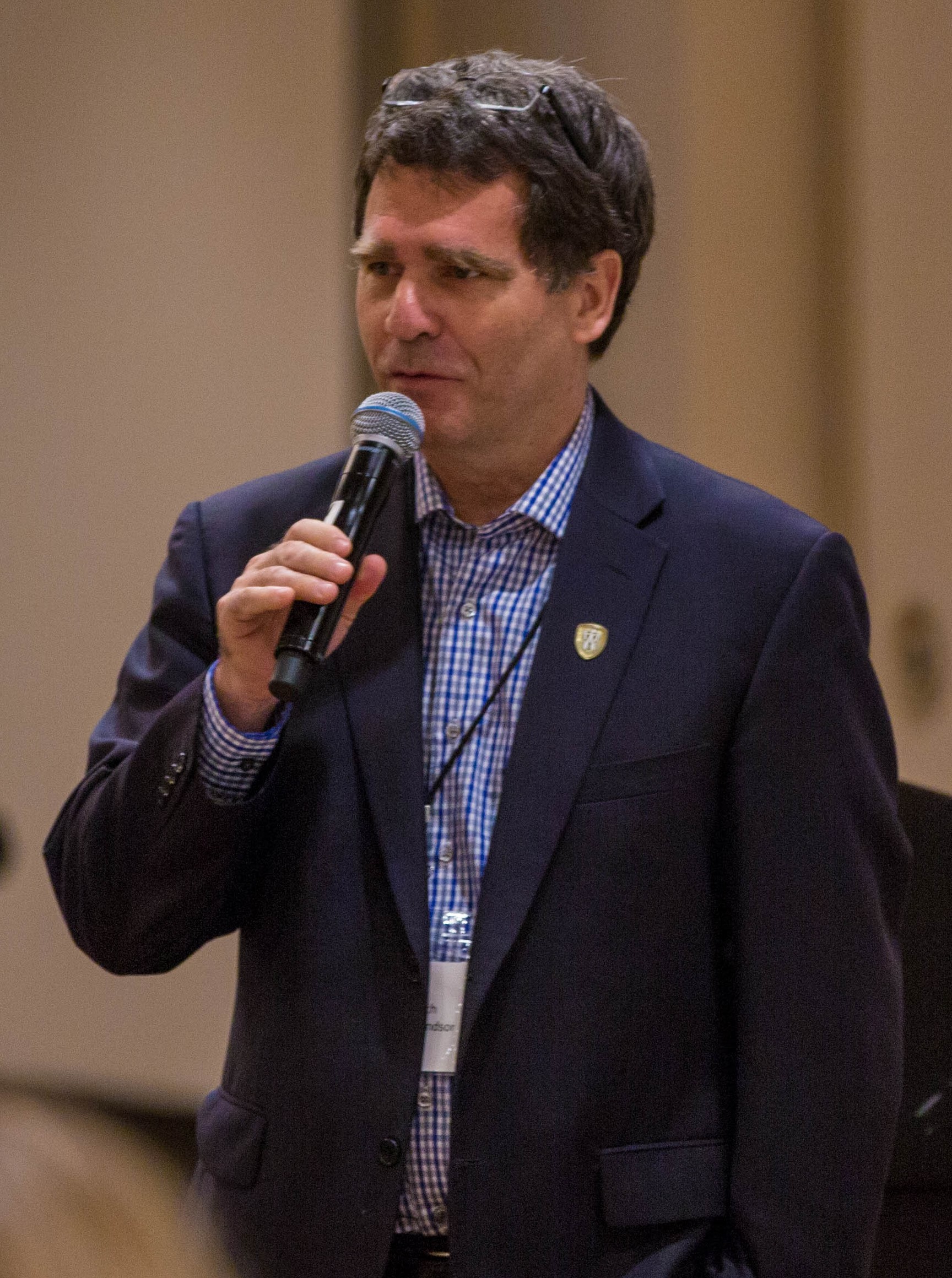
Many have written about the importance of placing Strategic Enrollment Management (SEM) in the institutional academic context (Dolence, 1993; Henderson, 2005; Kalsbeek, 2007; Smith, 2007). Dolence (1993) described SEM as a “comprehensive process designed to help an institution achieve and maintain the optimum recruitment, retention, and graduation rates where ‘optimum’ is defined in the academic context of the institution” (p. 9). Henderson put it well in his 2005 College and University article where he suggested, by placing the focus back on the academic context of the institution and “making structure the servant rather than the master” of enrollment policy and strategy, SEM will touch every aspect of institutional function and culture and set the tone for a comprehensive approach” (pp. 5-6). Smith went further by suggesting that “enrollment management is impossible without strong and lasting relationships with faculty members; they are important to all aspects of enrollment management and essential at key points” (p. 1). While it has now been more than a quarter of a century since SEM came into being and the first SEM conference was convened, it is time to take stock of how far we have come in putting SEM into the academic context and engaging faculty members in its planning and implementation.
This research study explored the role of the faculty in developing and enhancing SEM on postsecondary educational institution campuses. Our hope is that through the sharing of promising practices in this area, each of us will see how we might increase faculty engagement in SEM on our own campuses. We also hope that our research will contribute to the development of some new ways of coupling institutional effectiveness both in and outside of the classroom, and to enhance collaboration between SEM professionals and those who teach and deliver our academic programs.
This study is based on the theory that effective enrollment management can only be achieved by placing SEM in the academic context (Dolence, 1993; Henderson, 2005; Kalsbeek, 2007; Smith, 2007).
Recent Comments